Duǎn-Kah Fungi-Eel
It's a face only a mother could love... If they had one.Duǎn-Kah, also known as Fungi-Eel, are amphibious creatures that combine elements of fungi, animal and aquatic creature into one amalgamated whole. While not exactly domesticated, they are tame enough to see regular use along the rivers of Sheoin by the Dhanû people. Not quite animal and not quite fungi, the Duǎn are able to survive in places where either might falter.
Description
The Duǎn's carapace is range in color from dark purple to psychedelic pink, with swirls, knots and crenelated ridges. It covers the creature's back, leaving the front exposed to show thick banded flesh with a similar consistency as an eel. Although soft, the carapace of a Duǎn is tough and durable.
Behavior
The eels of the same brood often share the same water. Conflicts over food or mating are common, but rarely lethal. In these struggles, the Duǎn try and grapple with one another until the stronger can force the other to submit. When resting, the Duǎn will coil together in a writhing mass with a few members awake and ready to alert the others.
Fungi-Eel are hunted by any number of monsters both on land and in the rivers. Nebiri-Shi will sometimes swim up the river from the Abyss to murder and eat entire broods.
Life-Cycle
These hives can birth generations of fungi-eel, with only death by either predator or disease ending the process. Eggs are fist-sized and semi-transparent orbs of amber color, fragile and prone to bursting apart if handled without care. Hatchlings resemble colorful and chitin-covered lamprey eels, going through a series of molts where they cover themselves in a mucous cocoon before reaching their adult stage.
Almost Tame
They might be hideous, foul-smelling, mean-tempered and disgusting bastards... But that just reminds me of my sisters, bless them.Dhanû use the partially domesticated Fungi-Eel as aquatic draft animals, pulling rafts and boats. Though clumsy and blind on land, they sometimes see use pulling heavy loads in straight lines across cavernous grounds. They are most commonly found in and around the Fortress-Garden and smaller farms along the river. In the fortress particularly, they are harnessed with nets to dredge fertile slime from the river. Despite their size, they are able to pull considerable loads. They are usually used in pairs, connected by an harness and axle.
Sheoin Region The Duǎn-Kah are native to the black rivers of the Sheoin Region, a cold and hostile part of the Inner Shell. In these caverns, the land is it was with itself as competing eco-systems battle for supremacy. The fungi-eel stay to the rivers, the greatest of which is the Writhing Dragon River. Read More About Sheoin
Senses
It isn't entirely clear to Dhanû how the Duǎn see through the black waters of their home. The creatures have no recognizable eyes or ears. The best guess so far is that the writhing tentacles that cover the entirety of its head somehow allows it to sense the world around it. For this reason, domesticated Duǎn are often fitted with crude helmets that smother the tendrils' range in all directions but forward.The Duǎn can survive the loss of most its head, though it renders them effectively blind.. It has given rise to the Dhanûian expression of "head like an Duǎn" when speaking of especially dim-witted individuals.
Speaking Eel
Duǎn communicate with each other by releasing sprays of spores into the water and are able to modify the exact composition for different purposes. As best scholars have been able to determine, different spores have different tastes and that may be the key to how the eels communicate. Such spores can also be used to hunt or escape. Duǎn can release a large cloud of glue-like spores to smother prey or mask a quick escape, through these quickly lose cohesion outside of water.Fungi-lette
The eggs from a Duǎn hives are sometimes eaten by starving fungi-eel, the only case where the animal will eat their own. Humans find the eggs salty and phlegm-y, which have barred their entry into Dhanû cuisine at any scale other than the occasional experimental chef.Strong spirits disorient and confuse the Duǎn, causing them the writhe and thrash about haplessly. It is sometimes used to control or disperse a swarm in the water and sometimes used for entertainment. Bored workers will splash alcohol on the animal to watch them dance, though care must be taken not to get caught by the coiling creature.
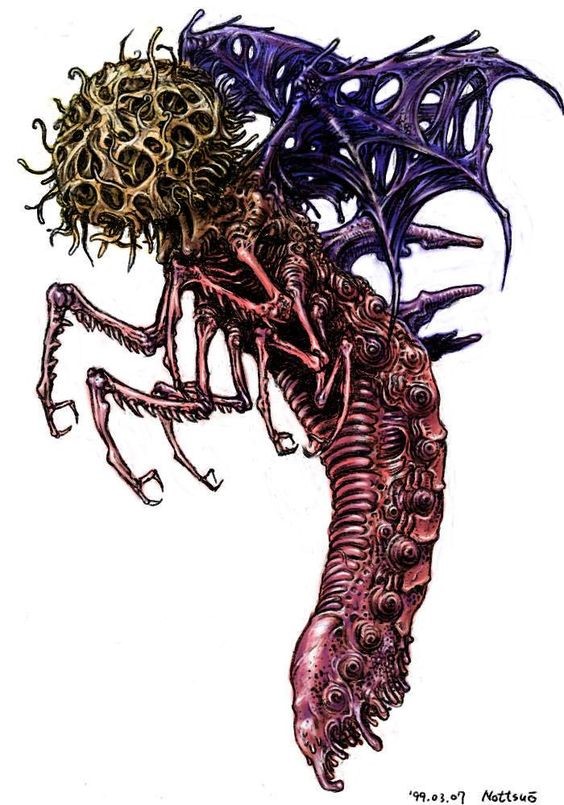
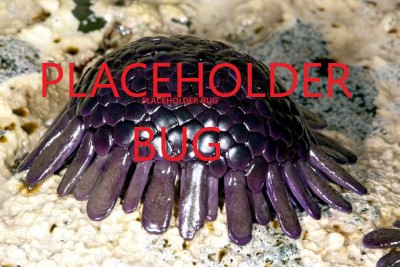
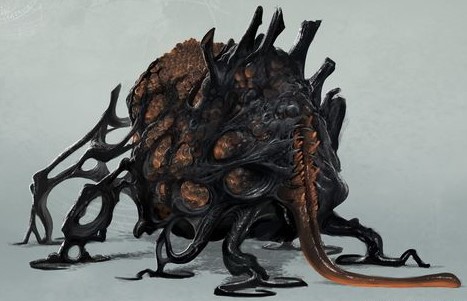

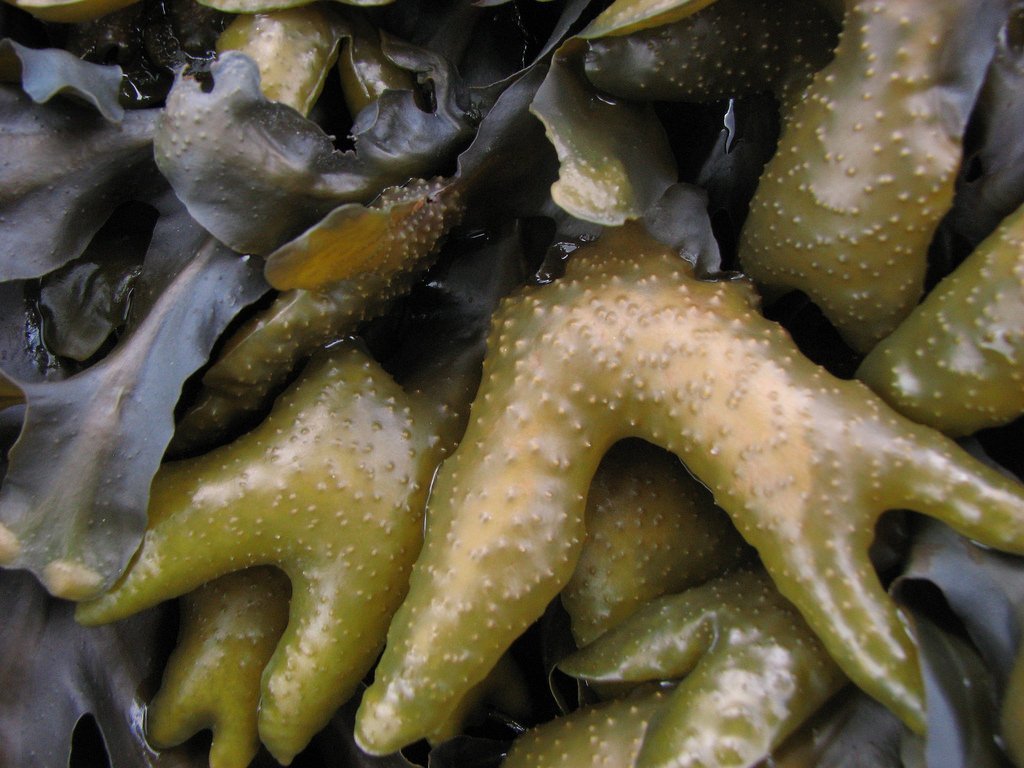


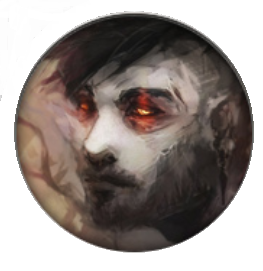


Well, I certainly would not like to come face-to-face with a Duân. You certainly have a skill in making even beasts of burden horrifying.
Haha, thank you <3
Creator of Araea, Megacorpolis, and many others.